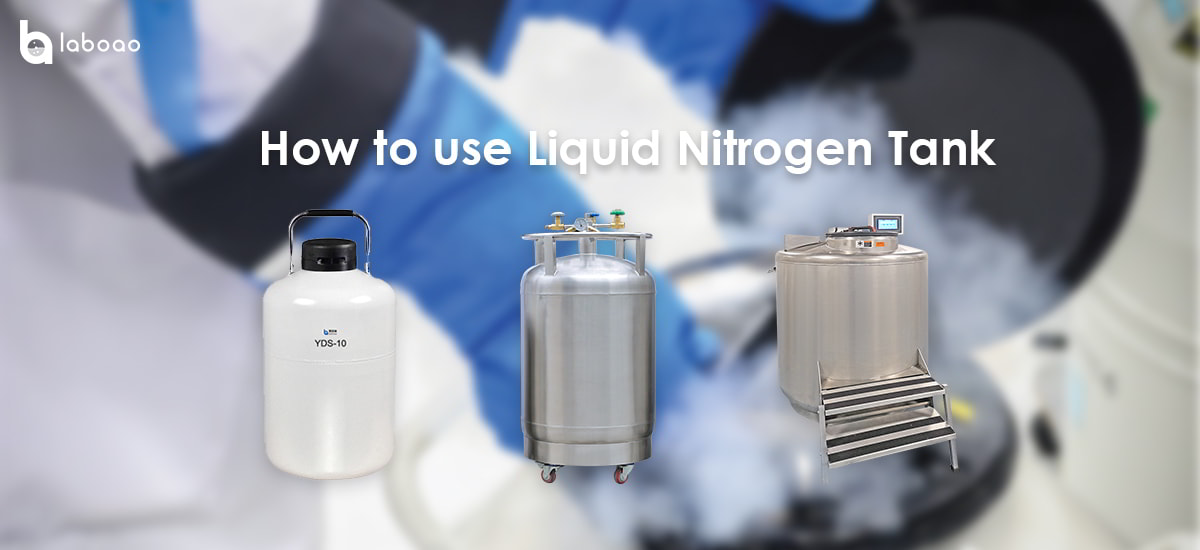
Knowledge of using liquid nitrogen tank
1. Preparation of the liquid nitrogen tank before use: 1. The liquid nitrogen tank does not need to be cleaned for the first use. If there is residual liquid nitrogen before leaving the factory, it does not need to be cleaned. If other items need to be cleaned. A small amount of liquid nitrogen should be injected to pre-cool it. When the temperature in the tank reaches the temperature of liquid nitrogen, fill it with liquid nitrogen until the tank is full. The liquid nitrogen tank should be handled with care to prevent collision and squeezing. It should not be dragged on the ground when moving, but should be lifted.
2. Placement of the liquid nitrogen tank: The liquid nitrogen tank should be stored in a well-ventilated and cool place, and not exposed to direct sunlight. Due to its precise manufacturing and inherent characteristics, liquid nitrogen tanks are not allowed to be tilted, placed horizontally, inverted, stacked, collided with each other or collide with other objects, no matter when they are used or stored, they must be handled gently and kept at all times. upright.
Cleaning method of liquid nitrogen tank
1. When the liquid nitrogen tank is not in use, rinse it with clean water, drain the water, blow it dry with a blower, and place it at room temperature for later use.
2. The specific scrubbing method is as follows: first take out the lifting cylinder in the liquid nitrogen tank, remove the liquid nitrogen, and leave it for 2 to 3 days. After the temperature in the tank rises to about 0°C, pour in warm water of about 30°C and scrub with a cloth. . If you find that some melted substances stick to the bottom of the inner tank, you must carefully wash it off. Then rinse it with clean water several times, then turn the liquid nitrogen tank upside down, place it in a place where it is not safe to tip over, let it dry naturally, or use a blower as described above. Note that during the entire scrubbing process, the action should be light and slow, the temperature of pouring water should not exceed 40℃, and the total weight should not exceed 2kg.
Maintenance of liquid nitrogen tank
1. Before the liquid nitrogen tank is filled with liquid nitrogen, first check whether the shell is recessed and the vacuum exhaust port is intact; if it is damaged, the vacuum degree will be reduced, and the air intake cannot be insulated in severe cases, so the upper part of the tank will be Frosting will cause large loss of liquid nitrogen and will lose the value of continued use.
2. For new tanks or tanks in a dry state, they must be filled slowly and pre-cooled to prevent damage to the inner tank and reduce the service life. When filling liquid nitrogen, do not pour liquid nitrogen on the vacuum exhaust port, so as not to cause the vacuum to drop. The cover plug is made of heat-insulating material, which can not only prevent the evaporation of liquid nitrogen, but also play a role in fixing the lifting cylinder. Therefore, it is necessary to minimize wear when switching to extend the service life.
3. During use, check the use of the tank at any time every day. It is found that there are water droplets and frost on the cap or upper part of the tank, indicating that the quality of the tank is defective, and the use should be stopped immediately; In the event of water droplets or frost, you can touch the shell with your hands. If you feel the upper part is cold and the lower part is hot, it also indicates that there is a certain problem with the quality of the tank, that is, the daily loss of liquid nitrogen is large. Pay attention to observe to prevent liquid nitrogen loss , It is best to stop using.
4. After the liquid nitrogen tank is filled with liquid nitrogen, weigh the liquid nitrogen tank in time at an interval of 5 to 7 days to understand the loss of liquid nitrogen. If it is found that the loss of liquid nitrogen is abnormally large, it is caused by the abnormal performance of the liquid nitrogen tank, and the items stored in the liquid nitrogen tank must be quickly exchanged to another liquid nitrogen tank. Generally speaking, if there is sweating around the neck of the liquid nitrogen tank, or when hoarfrost is found, it is abnormal.
5. When putting in or taking out frozen items, try to make the opening of the tank as short as possible to reduce the consumption of liquid nitrogen, and do not lift the bucket completely. It is strictly forbidden to place objects on the container lid and seal the neck. It is strictly forbidden to use hard objects to remove the frost in the neck tube to avoid damage to the neck tube.
6. The liquid nitrogen tank is only used for liquid nitrogen, other liquids or mixed storage are not allowed.
7. Liquid nitrogen tank During transportation, sponge or other items should be used to fix the liquid nitrogen tank, and the cover should be fixed with tape to prevent damage due to collision or inversion, which will affect the service life of the liquid nitrogen tank.